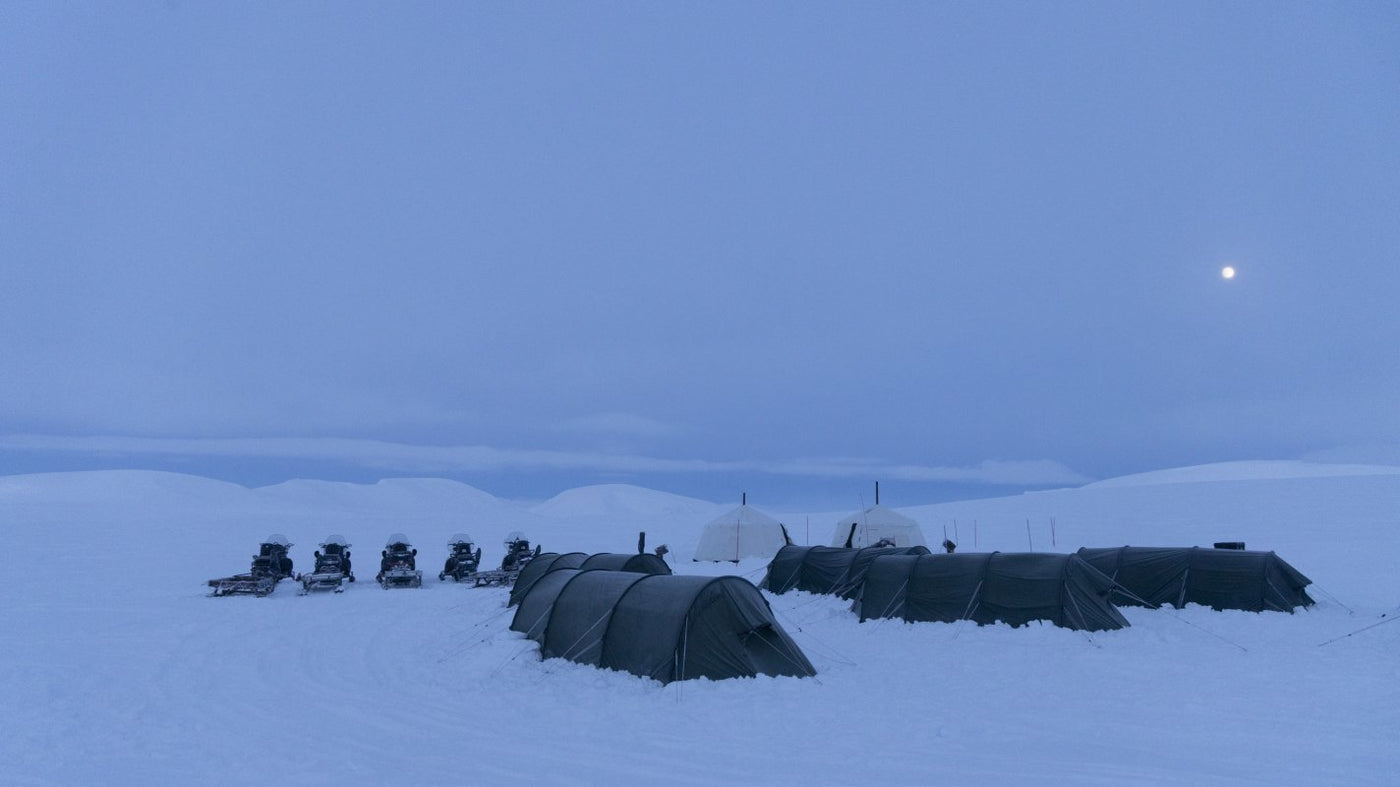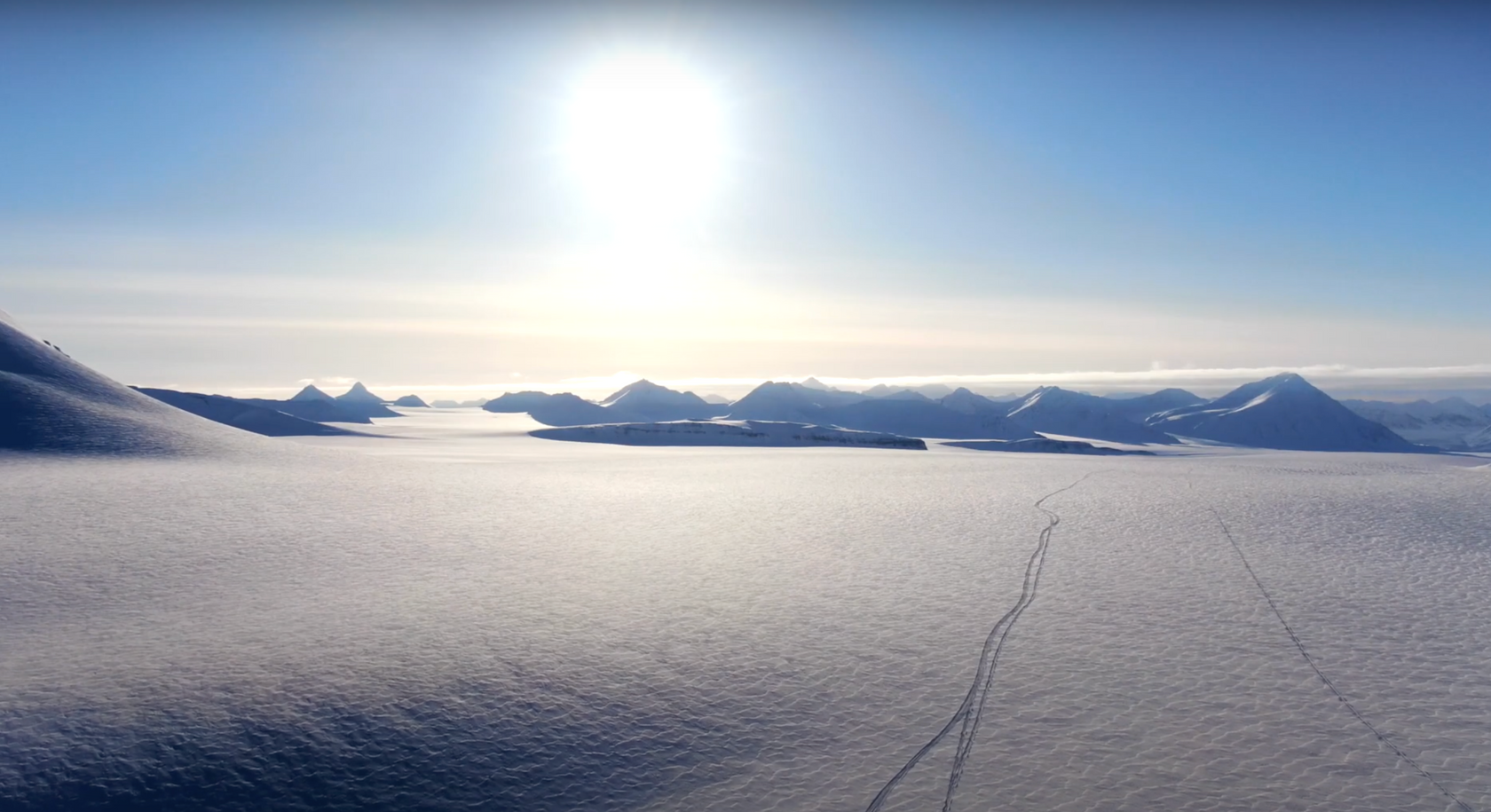
ICE MEMORY
PRESERVING THE MEMORY OF ICE FOR FUTURE GENERATIONS
Eisgedächtnis
Ice Memory is an international program that aims to provide, for decades and centuries to come, archives and data on the history of climate and the environment that are fundamental both for science and to inform policies for the sustainability and well-being of humanity . Ice Memory aims to federate the international scientific and institutional communities to create in Antarctica an archive of ice cores from glaciers currently in danger of shrinking or disappearing . Scientists are convinced that this ice contains information of such value that research activities on samples from disappeared glaciers are also necessary.
Ice Memory is a joint program between the University of Grenoble Alpes , Ca' Foscari University of Venice , the French National Institute for Research on Sustainable Development ( IRD ), CNRS , CNR , and with the French Polar Institute ( IPEV ) and the National Program for Research in Antarctica ( PNRA ) regarding the activities at the Concordia station in Antarctica. Ice Memory is sponsored by the Italian and French commissions of UNESCO . AKU is the technical sponsor of the project.

Understanding past climate and environment allows us to anticipate future changes . Mountain glaciers preserve the memory of the climate and environment of the area in which they are located, but they are retreating inexorably due to global warming, putting this invaluable scientific heritage in danger .
Charles Barbante
Paleoclimatologist, vice president of the Ice Memory Foundation, director of the Institute of Polar Sciences of the CNR
But what is the relationship between ice cores and climate?
The researchers involved in the project explain how by studying the micro air bubbles trapped in the ice it is possible to know the composition of the air itself: the presence or absence of certain gases , such as greenhouse gases , or the concentration of carbon dioxide. That snow that fell thousands of years ago (millions in the case of the cores taken in Antarctica) and transformed into ice, preserved under layers of other snow, contains data that can now be studied. In addition to this, it is possible, thanks to the stratification , to trace the exact period to which the ice samples belong and compare them to obtain an evolution of the conditions of our Planet . In a small air bubble is enclosed a microcosm that is the precise photograph of the period in which it was trapped until the arrival of the researchers.
As the corer drills down to the base of the glacier , each layer of snow and ice that is drilled represents the state of the climate , pollution and atmosphere over a period of years, and are the best and only natural record we have of a given period. The deepest layers are also the oldest, ranging from centuries to millennia back in time. Sometimes, in the basement of glaciers , layers and data can be found dating back to the last ice age , about 20,000 years ago .

The beauty of the Ice Memory initiative is not to produce added value in terms of current knowledge, but to create the conditions that will allow those who come after us to produce it”
Jerome Chappellaz
Climate scientist, president of the Ice Memory Foundation.
A Legacy Purpose
The entire project aims to collect information on climate variations that are preserved in tiny air bubbles trapped in ancient ice .
The Ice Memory project is not limited to the study of ice states but also of its conservation . Thinking about a future development of the methods of investigation, the researchers save the ice from certain melting . An ice ' library ' has been created in Antarctica , ice cores taken from glaciers currently in danger of shrinking or disappearing. A unique and unrepeatable archive. More than 10,000 years of places and events. In DomeC on the Antarctic plateau they will be preserved, under the aegis of an International Foundation , in a specially prepared cave , safe from the effects of climate change, as a gift for future generations.
If our splendid glaciers really do disappear almost completely from the Alps by 2100, as predicted, the memory preserved within them will not be the same.
Ice Memory is an intergenerational initiative that involves all of us: scientists, philanthropists, international organizations… and whose benefit will go to our children and grandchildren . If we lost these archives, we would lose the history of human impact on the climate . We would also lose crucial information for scientists and politicians of the future.
We must work together to safeguard this archive for future generations."
Anne-Catherine Ohlmann
Director of the Ice Memory Foundation
The example of Epica
“To better understand the response of the Earth’s climate to continuous emissions and therefore undertake concrete mitigation and adaptation actions , it is essential to look to the past – the researchers explain – It is necessary, in fact, to understand how the climate has reacted to the natural cyclicity of greenhouse gas variations . Thanks to ice cores it is possible to reconstruct this cyclicity”.
The emblematic example is that of the core of the European EPICA project extracted in Antarctica and over 3000 meters long, which has allowed us to reconstruct the history of the Earth's climate in the last 740,000 years by recognizing the glacial and interglacial cycles that have followed one another over time. Particular cores extracted from the Alpine ice , for example on Monte Rosa and Ortles , have allowed us to reconstruct the evolution of the climate up to over 5000 years ago despite the lower drilling depths ( 70-80 meters ).











